The townsite now known as Old Wadena was located on the Crow Wing River between the mouths of the Leaf and the Partridge Rivers. Before settlement, the area was a hotly contested border between Dakota and Ojibwe land.
Fur Traders Establish Posts
A French-Canadian fur trader, known as Awashtoyaa, led 20 voyageurs and Ojibwe into the area in 1782. They made camp on the Crow Wing River near the mouth of the Partridge River. They named their camp Wadena, meaning little round hill in Ojibwe. Knowing that they were on the Dakota side of the river, the group constructed a wooden stakewall around the camp. It wasn’t long before 200 Dakota attacked the camp, but their bows and arrows were no match for the voyageurs’ rifles. The Dakota were successfully repelled, but the traders immediately abandoned the camp to avoid further attacks. Word of the attack spread, causing traders to avoid the area for nearly a decade.
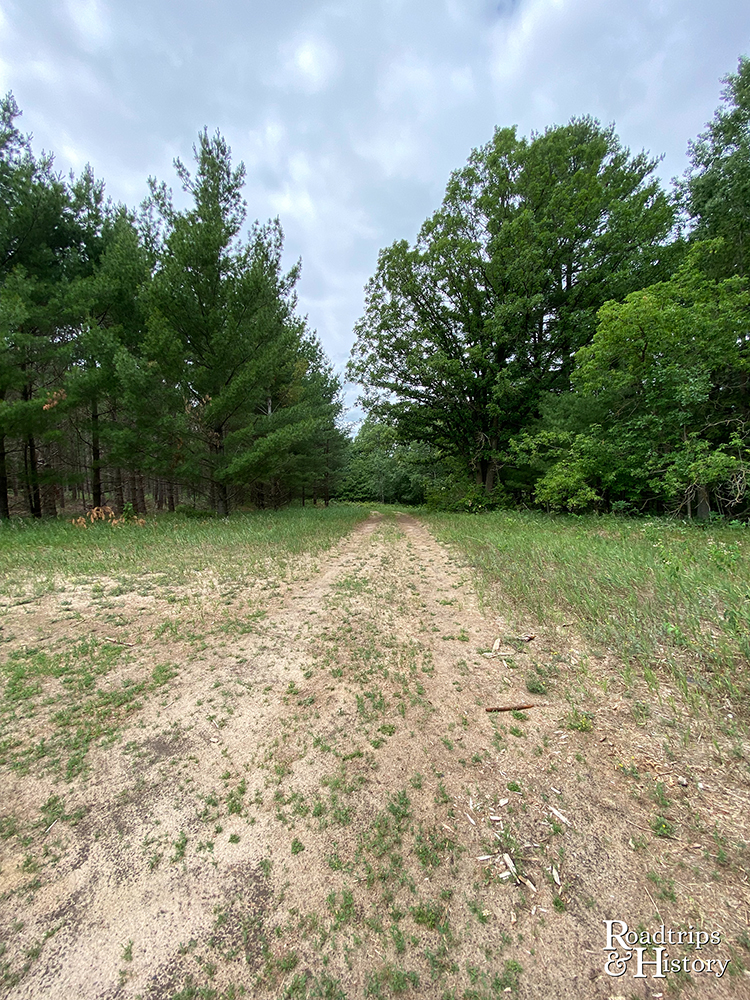
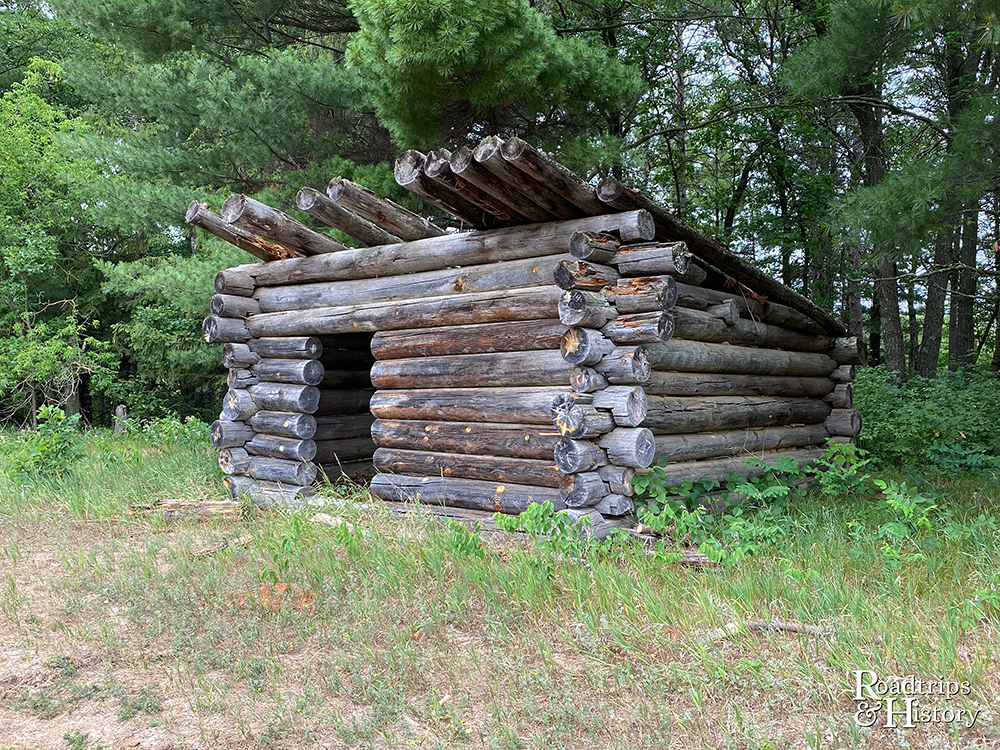
Several other trading posts were eventually set up nearby. The first was the Cadotte Trading Post in the winter of 1792. The post was successful due to leader Jean-Baptiste Cadotte establishing a positive relationship with the Dakota through giving gifts. The men built a set of buildings along the Leaf River that included log cabins with fortifications. The post was used as a base for hunting, trading, and diplomatic excursions. In the spring, the group abandoned the camp.
A party led by Joseph Réaume was part of Cadotte’s group that traveled to the area. Réaume set up his trading post near Cadotte. Réaume had a reputation as a popular trader, particularly among the Ojibwe. Cadotte’s good relationship with the Dakota in the winter of 1792 spread to Réaume and his group.
White Settlers Arrive
Augustus ‘Gus’ Aspinwall first platted a townsite he called Wadena in 1856. He chose the site because it was located where the Woods Trail crossed the Crow Wing River. Woods Trail was part of the Red River Oxcart Trail that stretched from the Twin Cities to Manitoba.
Aspinwall established a post office, trading post/general store, boarding house, and a rope ferry. His future plans included bringing the railroad through town, a steamboat landing, town square, and 1,500 building sites.
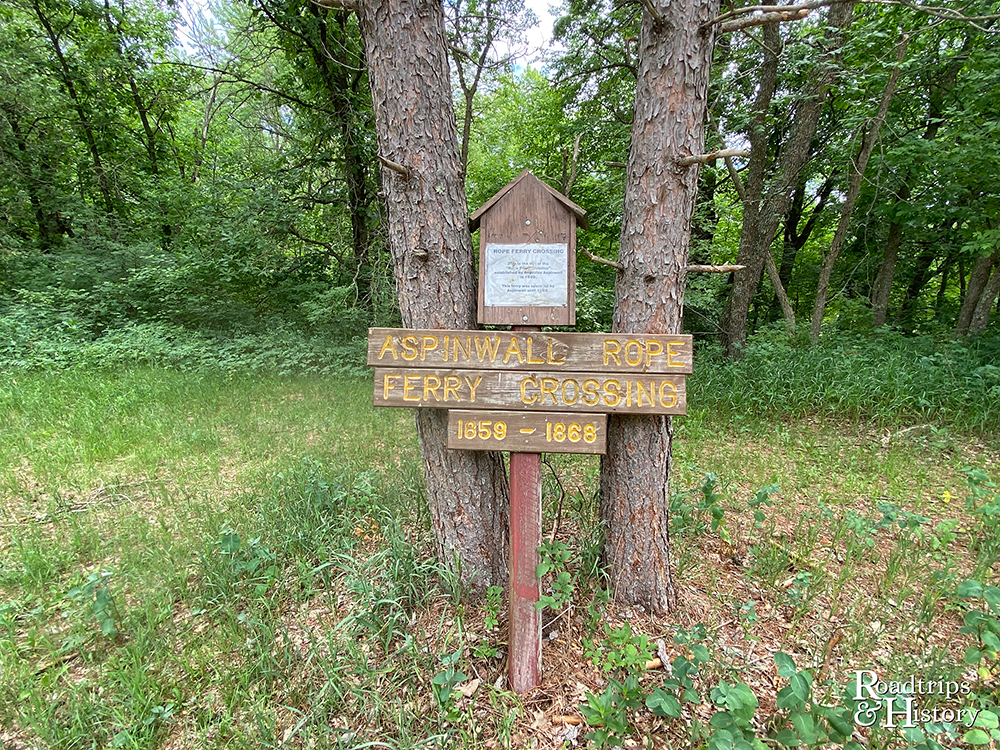
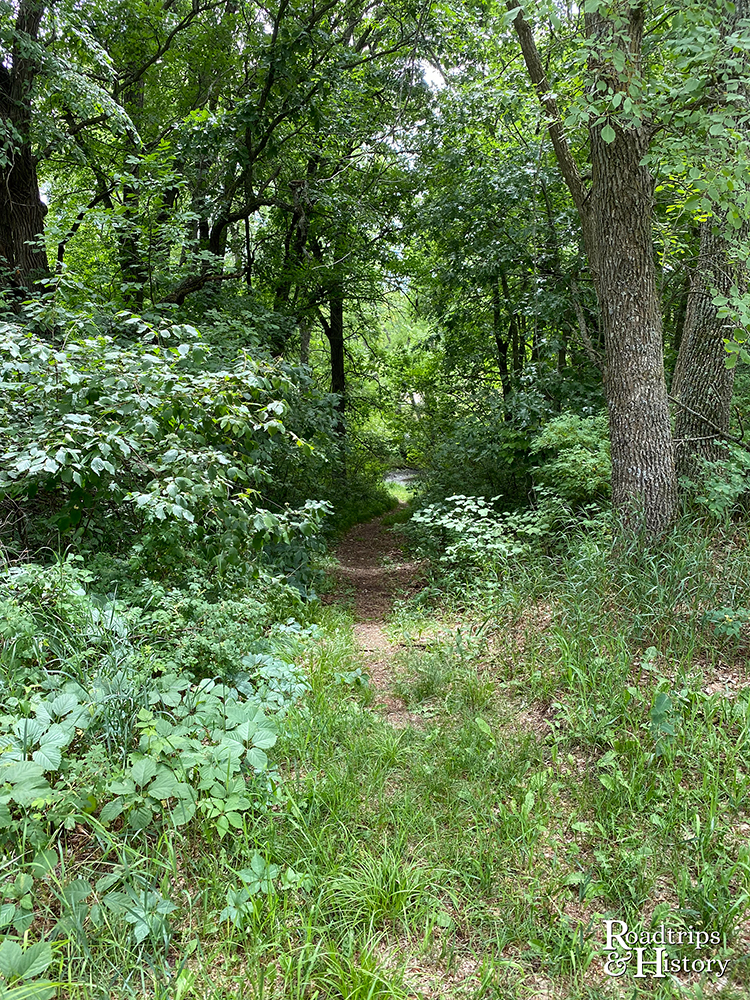
Sadly, Aspinwall’s big plans for Wadena never materialized. The financial panic of 1857 left investors cash poor for nearly a decade, and the U.S.-Dakota War of 1862 left relations with the Dakota and Ojibwe, um, not great. Then the Civil War drew men of all ages away from home and onto the battlefield. The final blow to Aspinwall’s plans came when the railroad went through the area in 1871, but it was four miles south of town.
After the Civil War, investors and entrepreneurs opened businesses in either Staples or “new” Wadena — both on the railroad line. It didn’t take long for businesses in the old town to move or close altogether. Aspinwall’s Wadena became a ghost town.
Old Wadena Today
The Old Wadena Historic District was established in 1973 when it was placed on the National Register of Historic Places. The historic district and the Little Round Hill Trading Site sit within the Old Wadena County Park.
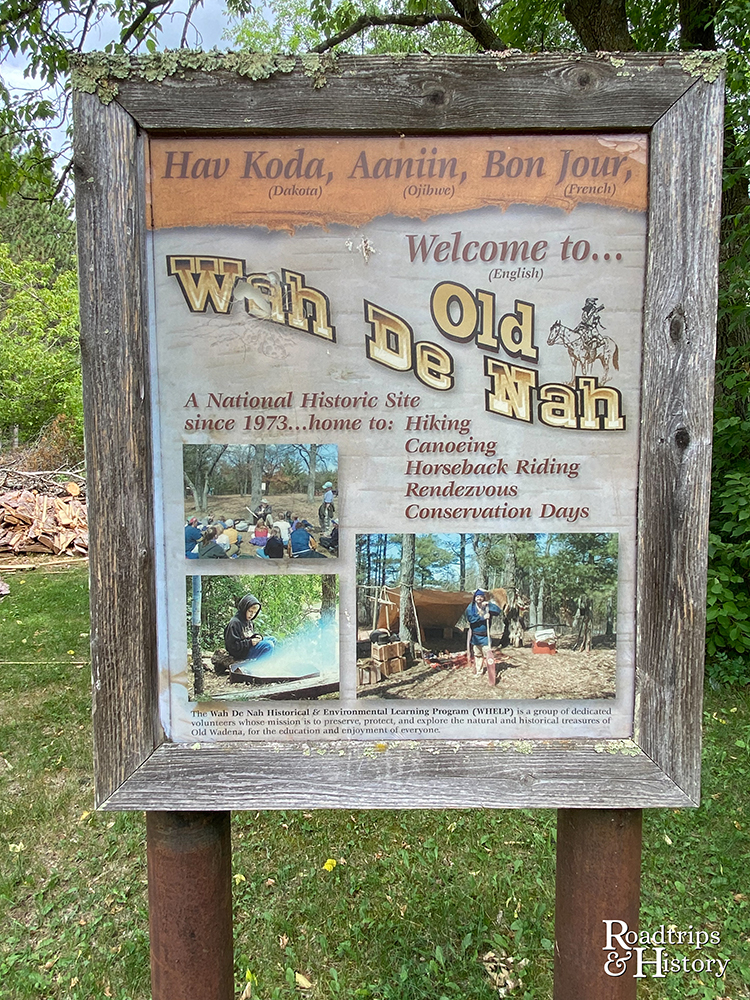
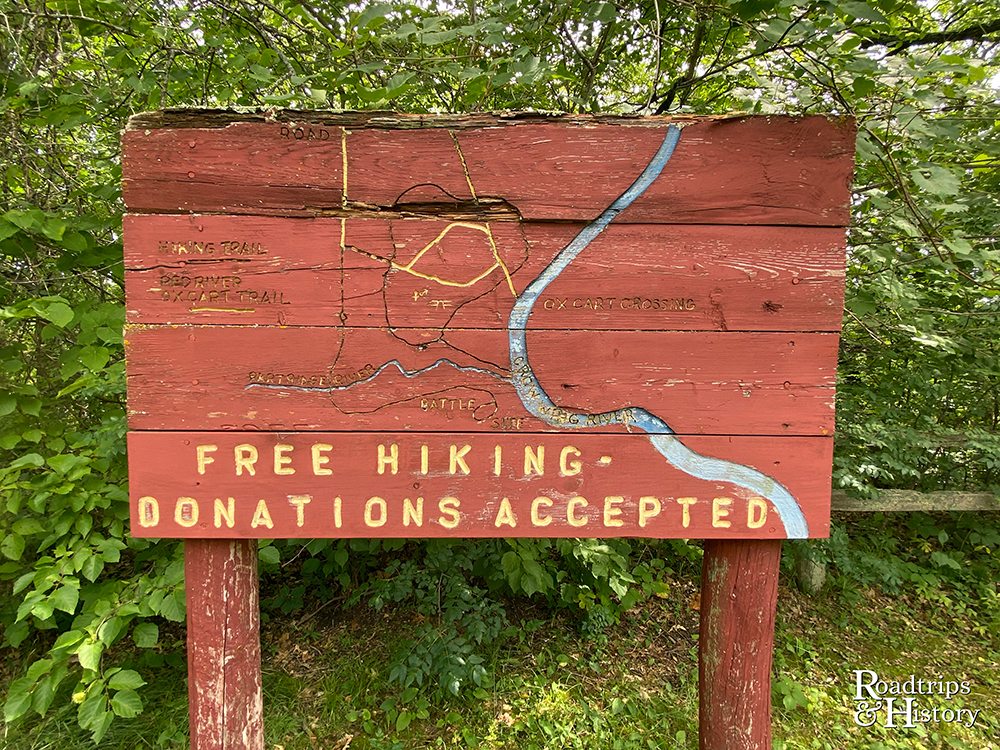
All that remains of Old Wadena is a sign that marks the corner of 4th and Main Street, where the boarding house, post office, and store once stood. Just a few steps away, a cut through the woods where the rope ferry once took travelers across the Crow Wing River can still be seen.
There are new walking trails and a bog walk that was established by the Old Wadena Society. A picnic shelter, pavilion, and campsites can be reserved through the county.
